Large Plastic Pipe is used in different fields. Given the increasing use of large plastic pipes in industrial facilities and buildings in the country and the production and distribution of various types of plastic pipes with different names and generations as the petrochemical industry develops, selecting and buying the best and most suitable type of plastic pipe is not easy for a particular application and requires studying and understanding the common types of these pipes. The use of plastic pipes in installations dates back to the mid-1930s. For the first time, the Germans used plastic pipes for drainage systems. Later, the knowledge of the disadvantage of steel pipes led to the replacement of steel pipes over time and in many cases. The most important disadvantages of metal pipes are corrosion, internal surface deposition, high weight, transportation and installation problems (compared to plastic pipes).
Although plastic pipes have their own disadvantages, certain types of plastic pipes are most suitable for certain applications. In the meantime, with the advances in the science and technology of petrochemical industry and polymer engineering science, methods have been devised to reinforce and quality the plastic pipes and eliminate the defects of these pipes which have been very effective. Extensive research is currently underway on the production of new plastics and polymers, especially composite polymers for industrial pipe production. it is mention able that most of companies produce different type of pipe like plastic culvert pipe, large diameter pipe, 36 inch diameter PVC pipe, large drainage pipe and … .
- Important tips for buying plastic pipes
- Top manufacturers of plastic pipes in the world
- Advantages of plastic pipes for using in building
- Which is better metal pipe or plastic pipe? Why?
- Where can i get large plastic pipes?
- Where to find high quality pipe fittings?
- Cheapest plastic pipes in the world
- Various types of plastic pipes in the market
- Which sizes are better to use in buildings?

Important tips for buying plastic pipes
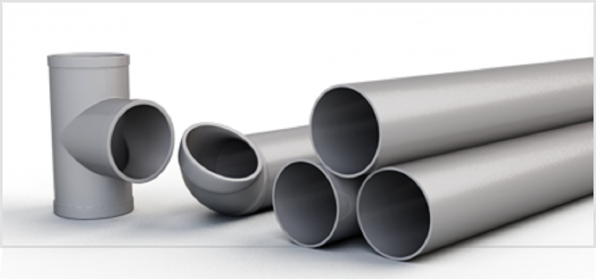 Be very careful about buying large plastic pipes because if you buy them wrong you may have poor quality pipes and may cause serious problems over time or during installation and will have to spend more to replace them. Buy pipes. If both the seller and the buyer think of each other’s interests and believe in a simple win-win formula, a quality and durable plastic pipe will be sold and the plastic pipe will be bought at the best price and proportionate to the quality of the pipe. Buying a plastic pipe in turn can be a very difficult task, and you may come across some confusing information when it comes to your purchase.
Be very careful about buying large plastic pipes because if you buy them wrong you may have poor quality pipes and may cause serious problems over time or during installation and will have to spend more to replace them. Buy pipes. If both the seller and the buyer think of each other’s interests and believe in a simple win-win formula, a quality and durable plastic pipe will be sold and the plastic pipe will be bought at the best price and proportionate to the quality of the pipe. Buying a plastic pipe in turn can be a very difficult task, and you may come across some confusing information when it comes to your purchase.
Key points to consider when buying plastic pipes:
The first thing to be careful about buying a plastic pipe is that the purchased pipe must have the standard badge.
2. The second point to note when shopping is that the plastic tube is a valid brand and that product information is printed on it, such as the manufacturer’s name, production date, production line number, type of raw material, pressure range. Work. By looking at this information you can get basic information about the plastic pipe and if you do not have one of these you can buy that pipe.
2- Plastic tubes are manufactured in Iran according to the National Standards Institute of Iran standard and the table in this standard is the reference of production and quality control labs. In the past, Germany’s DIN 8074 standard was a reference, and at that time a national standard for plastic pipes had not yet been developed, which has been resolved in previous years. But still these standards and their tables can be a reference for you. But it is not valid in reference and quality control laboratories.
After observing the points above, it is advisable to visit the manufacturer in the next phase to make the final step in the purchase.
Top manufacturers of plastic pipes in the world
 Today, many companies in different countries are producing different types of plastic pipes. These pipes are manufactured in different sizes and qualities and sold in domestic or foreign markets. The largest plastic producer countries are USA, China, European countries and Australia. these companies have large diameter plastic pipe for sale and large drainage pipe for sale and many other types of plastic pipes.
Today, many companies in different countries are producing different types of plastic pipes. These pipes are manufactured in different sizes and qualities and sold in domestic or foreign markets. The largest plastic producer countries are USA, China, European countries and Australia. these companies have large diameter plastic pipe for sale and large drainage pipe for sale and many other types of plastic pipes.
Advantages of plastic pipes for using in building
 Plumbing installations are the most important part of towns and villages. The safety and performance of all pipes installed in piping networks is of utmost importance. Naturally, pipes should be selected for their longevity and able to remain in the pipeline for many years. The types of pipes used in plumbing and installations must be resistant to changes in environmental conditions and maintain their properties. Metal pipes are among the pipes that have a longer history than polymer pipes such as polyethylene pipes. The process of producing metal pipes is a bit complicated in the industry; these pipes have a very solid wall and today stainless steel is used to make them. Metal pipes used in ancient times to transport water and wastewater gradually became corroded over time and eventually destroyed. With the advent of polymer materials, plastic pipes such as polyethylene pipe, pipe fittings and UVC pipe and karogite pipe were introduced to the market and in a short time gained immense popularity, so engineers preferred the pipe. Use PEs for installation in water and wastewater transmission networks. Polyethylene pipe and UV PVC pipe are manufactured in different sizes and each of them is selected according to the pipeline and installation project. These pipes are of different diameter and thickness and are designed to operate at different operating pressures. Currently plastic pipes are one of the most common water and sewage conveyor pipes. Double wall polyethylene pipes, including carogite pipe and spiral pipe, are used for large water and wastewater projects. Sanitary sewer transmission by plastic pipes is possible.
Plumbing installations are the most important part of towns and villages. The safety and performance of all pipes installed in piping networks is of utmost importance. Naturally, pipes should be selected for their longevity and able to remain in the pipeline for many years. The types of pipes used in plumbing and installations must be resistant to changes in environmental conditions and maintain their properties. Metal pipes are among the pipes that have a longer history than polymer pipes such as polyethylene pipes. The process of producing metal pipes is a bit complicated in the industry; these pipes have a very solid wall and today stainless steel is used to make them. Metal pipes used in ancient times to transport water and wastewater gradually became corroded over time and eventually destroyed. With the advent of polymer materials, plastic pipes such as polyethylene pipe, pipe fittings and UVC pipe and karogite pipe were introduced to the market and in a short time gained immense popularity, so engineers preferred the pipe. Use PEs for installation in water and wastewater transmission networks. Polyethylene pipe and UV PVC pipe are manufactured in different sizes and each of them is selected according to the pipeline and installation project. These pipes are of different diameter and thickness and are designed to operate at different operating pressures. Currently plastic pipes are one of the most common water and sewage conveyor pipes. Double wall polyethylene pipes, including carogite pipe and spiral pipe, are used for large water and wastewater projects. Sanitary sewer transmission by plastic pipes is possible.
Which is better metal pipe or plastic pipe? Why?
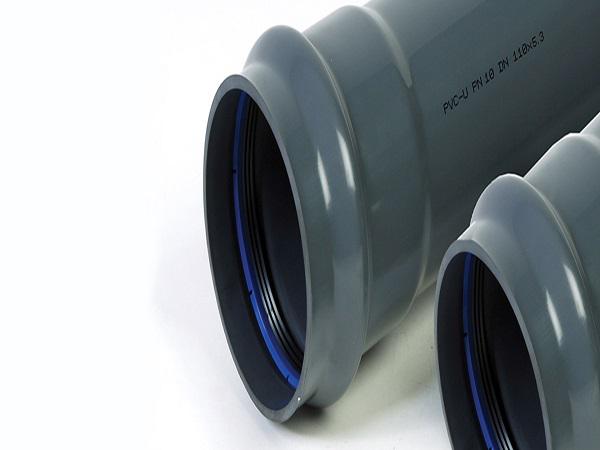 The general properties and engineering of plastic pipes can be controlled by standards, and in many applications there can be several choices due to the overlap of properties between different plastics. Therefore, it is necessary to fully understand the position of the user and to master the different properties of the various types of plastic pipes.
The general properties and engineering of plastic pipes can be controlled by standards, and in many applications there can be several choices due to the overlap of properties between different plastics. Therefore, it is necessary to fully understand the position of the user and to master the different properties of the various types of plastic pipes.
In general, the following advantages can be considered for all plastic pipes:
- Corrosion resistance: Plastic pipes do not corrode most of the chemicals present in domestic wastewater and also have minimal resistance to the passage of other wastewater and other fluids due to the smooth surface. These pipes will never rust and will not corrode.
- Lightness and ease of transportation: In addition to ease of transportation and cost reduction, in the case of plastic pipes cutting, joining and installation is much easier than other types of pipes such as metal pipes.
- Flexibility and toughness: Particularly in underground applications, the flexibility of plastic pipes reduces the number of connections and easily curves the plumbing paths.
- Various connection methods: In general, plastic pipes have the ability to thread, flange, heat weld, glue, compressor and so on and provide a wide variety of connections for different conditions.
- Excellent hydraulic properties: Plastic pipes fall into the group of flat surface pipes, which results in the least energy needed to transport the various fluids.
- higher life and lower cost of installation and maintenance: Plastic pipes have been used in most cases for more than 22 years and have not yet reached the end of their useful service life.
Plastic pipe restrictions:
The first major limitation of plastic pipes is their strength and low rigidity. In the next step, these tubes are susceptible to high temperatures.
Features of Metal Pipes:
- Corrosion from inside and outside and not easy deform ability: Metal pipes are less resistant to corrosion if exposed to oxygen and minerals. This will reduce the resistance of the metal pipes and shorten their service life. Metal pipes are not easily formed due to their high strength and require a great deal of bending to bend them.
- High thermal conductivity and high deposition: Metal pipes have a high thermal conductivity and in other words, they will waste energy. The wall of the metal pipes is also rough and has a high absorption of water solids, which reduces their service life and reduces pressure and reduces water flow.
- High pressure drop and high weight and installation problems: Not being smooth inside these pipes as well as using multiple joints in this type of piping reduces the high pressure in the water flow, which causes the large diameter pipe to be selected to relieve pressure drop. Also, these pipes cause a lot of transportation problems due to their high weight and their high weight and their flexibility creates many problems for installation.
- Low life span: The useful life of steel pipes is often between 10 and 12 years, and after this period the building installation system will have problems such as pipes decay, bursting, changes in color and taste of water, and in some cases shedding part of the building. These problems will also pose many risks and will lead to the replacement of the installation system which will cost a lot.
Where can i get large plastic pipes?
 Large Diameter Plastic Pipe has been an important product in the Plastic Tubes market over the past year, and it was very popular in United States,Wales,Canada,Australia and India;
Large Diameter Plastic Pipe has been an important product in the Plastic Tubes market over the past year, and it was very popular in United States,Wales,Canada,Australia and India;
Along with 25 months consecutive growth, the Long-term Large Diameter Plastic Pipe Index steadily rise to 310 a new high at Jan 2019. Along with 24 months consecutive growth, the Long-term Large Diameter Plastic Pipe Index steadily rise to 55 a new high at Dec 2018, Finally there was a short decline at Jan 2019.
Online Sales trends: Along with 9 months consecutive falling, the Long-term Large Diameter Plastic Pipe Index steadily drop to 39 a new low at Nov 2018. According to the trends of the three indices, The consultant suggested that the Large Diameter Plastic Pipe is still a product with market potential, but it needs to be carefully study with the later trend.Large diameter plastic pipe is normally an interesting product; it is always made of PVC, pmma or PE; it could be used for irrigation, conveying water or drainage, and it can add following features corrosion resistant, durable or Eco-friendly. as a whole, some internet sites like Alibaba.com is the most important platform for Large diameter plastic pipe product online whole sales, most of the golden suppliers on the platform comes from Shandong, Zhejiang, Guangdong in China(Main Land), they produce qualified Large diameter plastic pipe and support OEM and customized designs.
Where to find high quality pipe fittings?
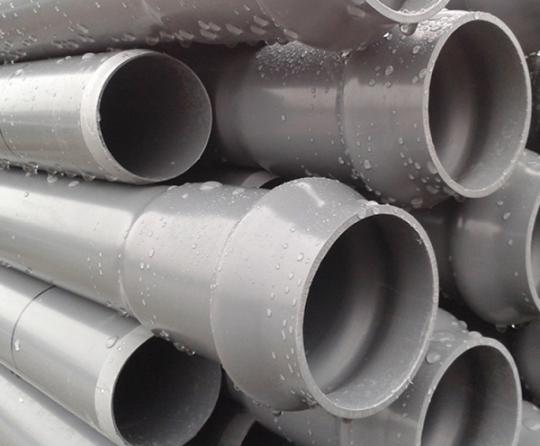 There are different type of tee fittings or types of pipe joints that we can name some of them as: Brass Flare x MIPS Adapter, Stainless Steel Bushing, PVC Cap, Chrome Coupler, Copper 90° Elbow, Black Iron Floor Flange, Chrome Pipe Nipple, Brass IPS Tee and … .
There are different type of tee fittings or types of pipe joints that we can name some of them as: Brass Flare x MIPS Adapter, Stainless Steel Bushing, PVC Cap, Chrome Coupler, Copper 90° Elbow, Black Iron Floor Flange, Chrome Pipe Nipple, Brass IPS Tee and … .
There are many types of plumbing pipes for residential or commercial buildings. plumbing pipes such as PEX, Copper and PVC are used normally depending on their application and the location in which they are installed. In addition there are some other plumbing pipe types such as black, galvanized and brass. Let’s see below the best application for the most common used plumbing pipes.
Stainless steel can look very neat but it is very expensive.Stainless steel pipe are used in areas subject to corrosion and near coastal areas. This type of pipe is available in both flexible and rigid and will need some special couplings to be attached to other types of pipes. Do not confuse stainless steel pipes with galvanized pipes. It is available in various sizes and lengths. also you can prepare your reducer pipe if you want.
Cheapest plastic pipes in the world
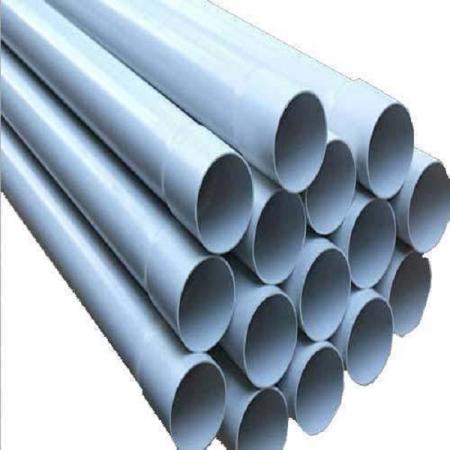 The price of plastic pipes varies according to the type of raw materials (imported and domestic), grade of materials and purity of the raw material for the production of pipes. They do not use any waste materials in their pipes production and are committed to excellent quality and high quality plastic pipe production. Therefore, one of the factors affecting the price of plastic pipes is the type of raw materials used in these pipes.
The price of plastic pipes varies according to the type of raw materials (imported and domestic), grade of materials and purity of the raw material for the production of pipes. They do not use any waste materials in their pipes production and are committed to excellent quality and high quality plastic pipe production. Therefore, one of the factors affecting the price of plastic pipes is the type of raw materials used in these pipes.
Various types of plastic pipes in the market
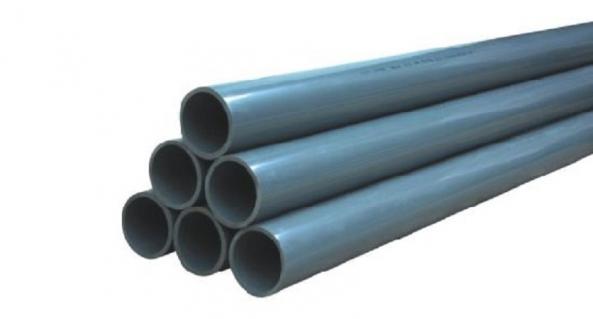 Nowadays, different types of plastic pipes are produced and marketed in the market. The term PN used after the size of the plastic pipe indicates the maximum pressure that the pipe can withstand. Like the DN63 PE100 PN16 pipe, which is a polyethylene pipe made of PE100 material that has a diameter of 63 mm and can withstand 16 times pressure. The different types of these pipes on the market are as follows:
Nowadays, different types of plastic pipes are produced and marketed in the market. The term PN used after the size of the plastic pipe indicates the maximum pressure that the pipe can withstand. Like the DN63 PE100 PN16 pipe, which is a polyethylene pipe made of PE100 material that has a diameter of 63 mm and can withstand 16 times pressure. The different types of these pipes on the market are as follows:
- PN 2.5 – Maximum pressure 2.5 bar – Pipe; Drip irrigation
- PN 4 – Maximum Pressure 4 Bar – Branched PE Pipes
- PN 6 – Maximum pressure 6 bar – Water pipes for irrigation
- PN 10 – 10 bar maximum pressure – Drinking water supply pipes
- PN 16 – Maximum pressure 16 bar – High pressure fire fighting pipes or PE pipes
Which sizes are better to use in buildings?
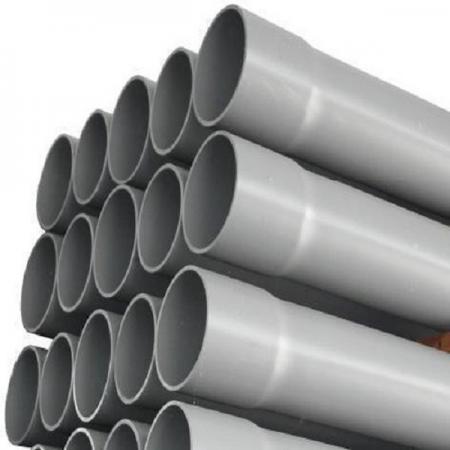 today there are many standards for plumbing, each of which sets specific criteria for plumbing. However, these standards are different. For example, each country introduces a specific set of numbers and standards for piping based on the speed at which it considers water in the pipe. In residential or office buildings, minimal pressure should be provided to the residents, otherwise the water pipe will lose its efficiency. Pumps can be used to supply pressure in tall buildings.
today there are many standards for plumbing, each of which sets specific criteria for plumbing. However, these standards are different. For example, each country introduces a specific set of numbers and standards for piping based on the speed at which it considers water in the pipe. In residential or office buildings, minimal pressure should be provided to the residents, otherwise the water pipe will lose its efficiency. Pumps can be used to supply pressure in tall buildings.
The pipes used in construction are usually available in 4-meter branches. If you are in the plumbing business, you will know that they use one number for each pipe, for example they say one is 1 and the other is 2. The story of these pipe dimensions is that the pipes are classified by their diameter in inches. For example, the tube is 4 inches in diameter. (Every inch gets about 1.5 cm)
Now the question may come to you, for example, is this four inches the inner diameter of the pipe or is it external? In the answer, if the diameter of the pipe is less than 5 inches (2 cm), the diameter referred to is the inner diameter of the pipe (ie, 2 inches, the inner diameter is 5 inches). But if its diameter is more than 5 inches, this diameter is the outer diameter (for example, the tube, meaning its outer diameter is 5 inches). It should be noted that the pipe suitable for use in buildings is usually one inch or half an inch, which can be estimated based on the number of floors and the amount of water used.

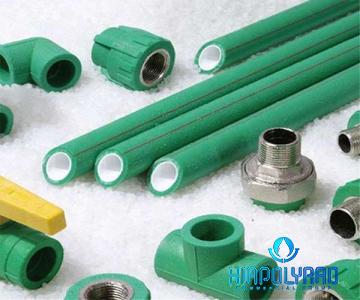
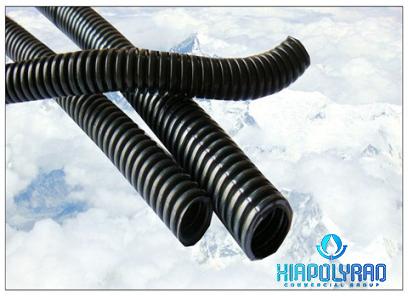
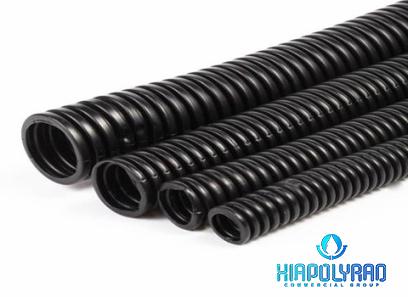

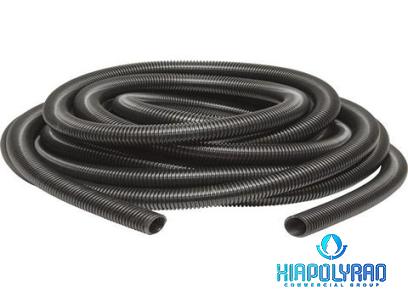
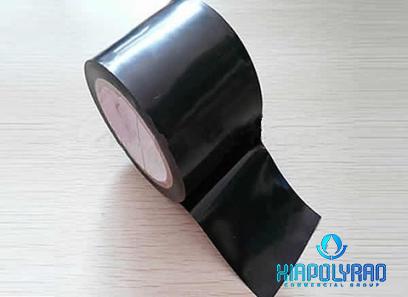
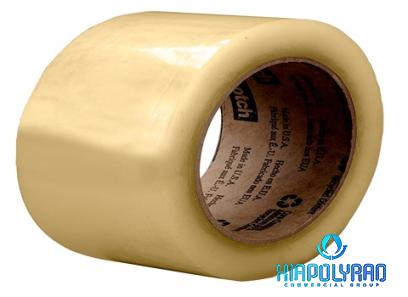
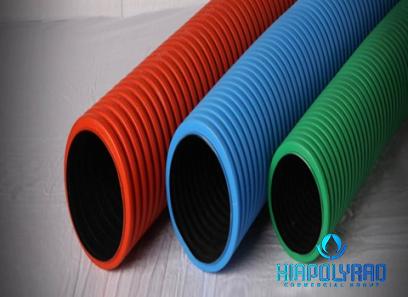
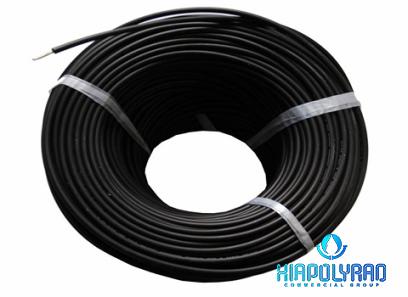
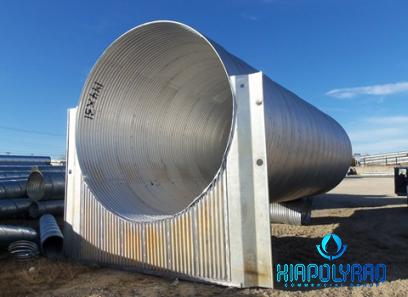
Your comment submitted.